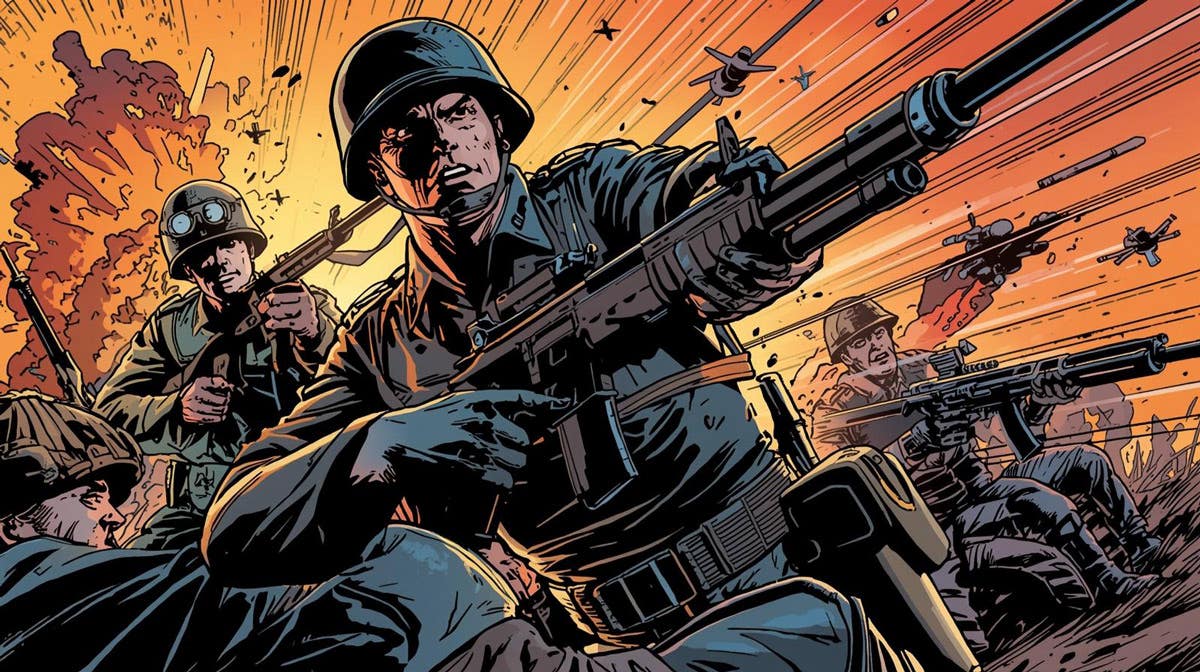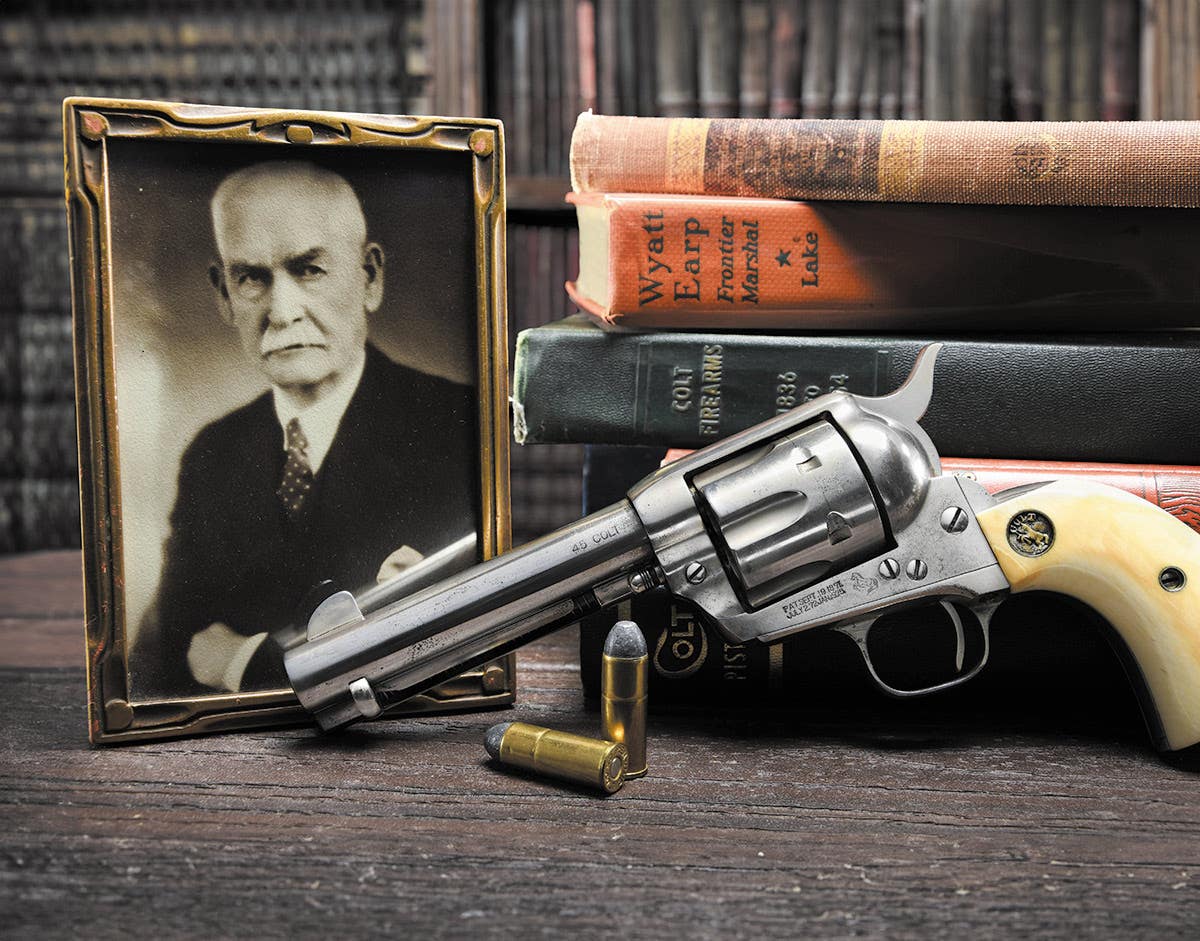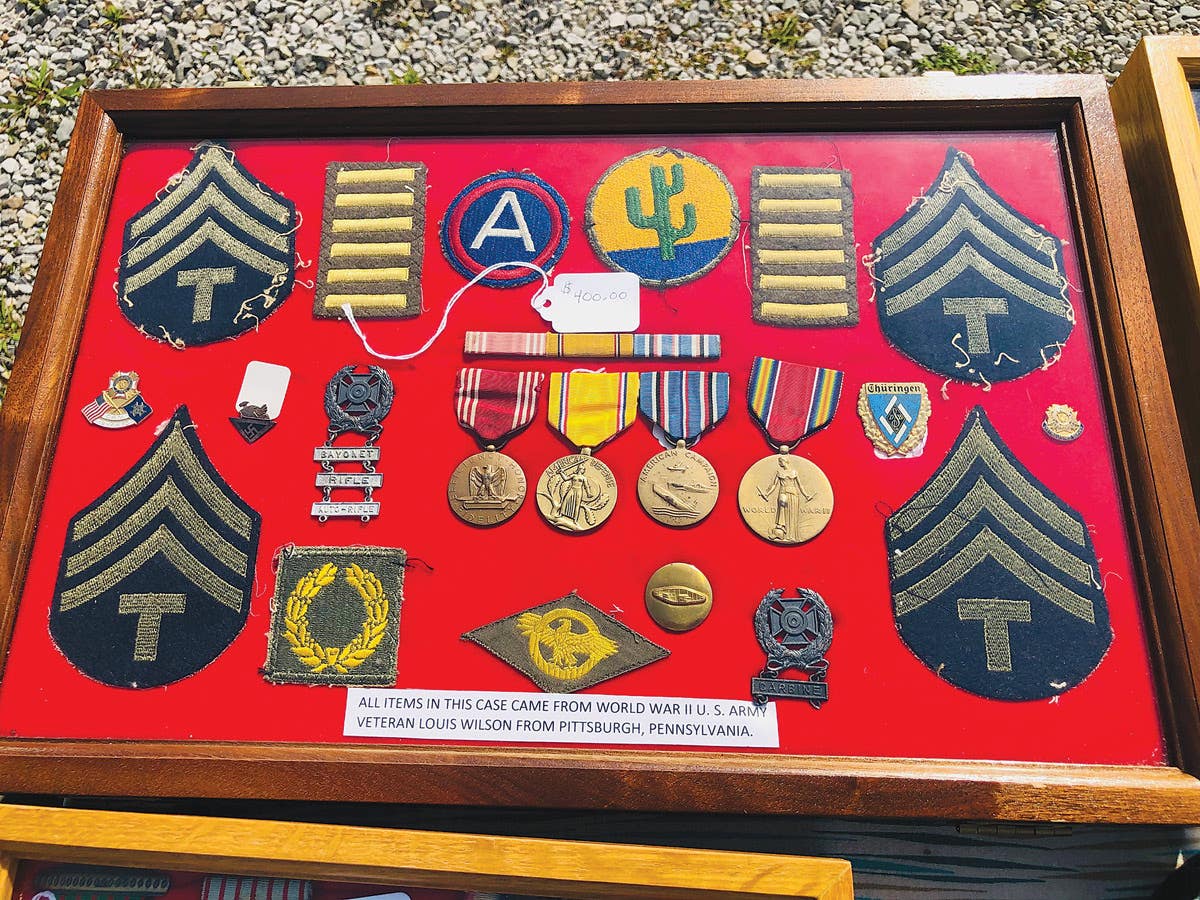Wooden Relics of the Reich
Because of the increase of the Nazi romanticized “Blood and Soil” movement and the decrease of traditional materials, wood was used throughout the Reich as a substitute in some wartime production.
When Adolf Hitler and the Nationalsozialischte Deutscher Arbeiterpartei (NSDAP — Nazi Party) came to power in 1933, they embraced the concept of Blut und Boden (Blood and Soil) This movement idealized the rural life of German peasants over those of urban city dwellers. Members of the Schutzstaffel (SS — Hitler’s personal guards and the “new age black knights”) along with many other Nazi organizations were incessantly bombarded with dogma idolizing farms and country living. This, in turn, played into Hitler’s goal of Lebensraum, the idea that Germans needed to reclaim their eastern areas for agricultural, racial, and cultural growth.
At the same time that the NSDAP came to power, the Great Depression had all but destroyed much of the German economy. With Hitler’s clandestine (and later, out-in-the-open) rearmament programs gaining speed, many vital materials were needed for wartime production rather than being used for consumer goods.
Because of the increase in Nazi rural place worship and the decrease of traditional materials, wood was used throughout the Reich as a substitute in some production. It cost less than other materials and was readily available.
Beautifully crafted decorative items were skillfully carved and distributed to both identify with the simple peasant life of the soil and to save valuable materials. Oberammergau in southern Bavaria had been the wood carving capital of Germany since the 16th century. During the era of the Third Reich, this small enclave of talented artists continued to provide a variety of items for the German public.
In addition, the SS controlled many of their own industries, producing wooden articles, along with other goods, through the use of slave laborers in concentration camps. Political, commemorative and patriotic themes were often woven into the elaborate carvings on plates, bowls, statuettes, furniture, book covers and other pieces of wooden art. Some items bore significant meanings for their owners, such as the SS wedding salvers or Honor Ring plates bearing swastikas, death’s heads, or runic symbols. Others were decorative, hung on home walls to show the owners’ patriotic or political affiliation. The pieces bore SS runes, SA symbols, or paramilitary emblems.
Richly carved Iron Crosses and oak leaves were often used to commemorate time in service or honor a fallen relative in the Wehrmacht (military services). Still others were purchased as souvenirs (many with Nazi overtones) and displayed to remember a particular place visited while on holiday.
When the war finally turned against Germany, the folly of the Nazi regime became apparent to many of its citizens who watched as their country was pulverized by the unstoppable enemy. As the Allied forces began their occupation of the former Reich, thousands of wooden pieces that had previously been enjoyed — even honored — were unceremoniously thrown into the fire.
This destruction, together with the subsequent 70-year passage of time since the end of WWII, few of the wooden pieces from the Third Reich still exist. Those that do, however, serve as reminders of Hitler and his hold over the German people.
*As an Amazon Associate, Military Trader / Military Vehicles earns from qualifying purchases.
Chris William has been a long-time member of the collecting community, contributor to Military Trader, and author of the book, Third Reich Collectibles: Identification and Price Guide.
"I love to learn new facts about the world wars, and have had the good fortune to know many veterans and collectors over the years."
"Please keep their history alive to pass on to future generations".








